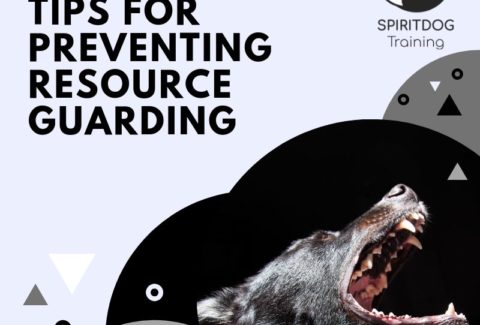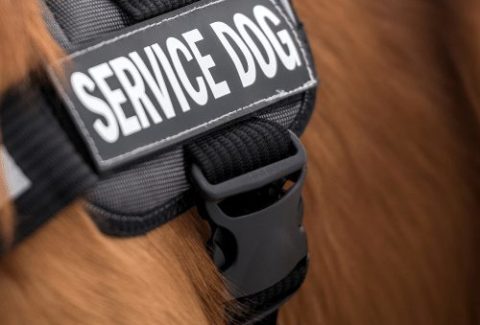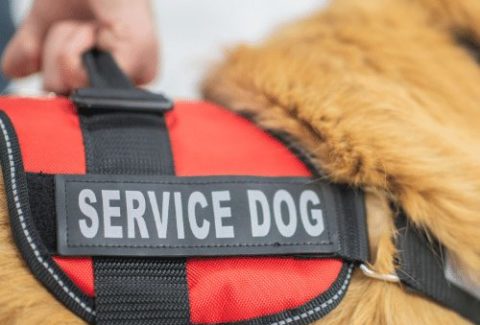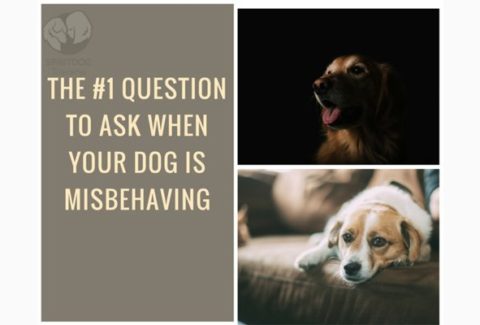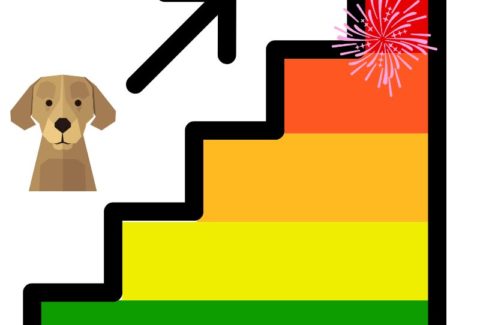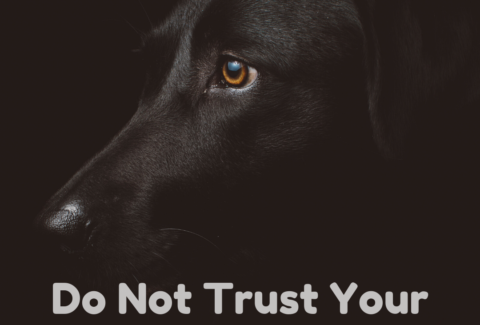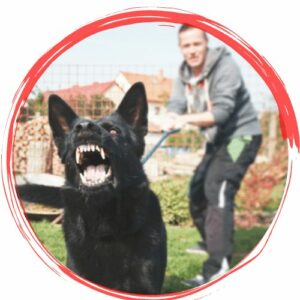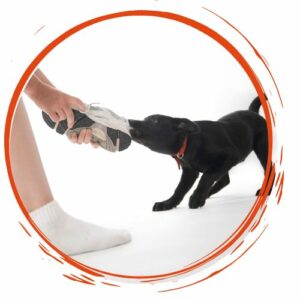Why I Don’t Own A Treat Bag
May 7, 2021 2021-06-26 12:44Why I Don’t Own A Treat Bag
Why I Don’t Own A Treat Bag

I have rarely used a treat bag – or bait bag – in my life. I don’t currently have one and don’t plan on getting one any time soon.
A while ago I was teaching for a dog training center, and when I told them I don’t own one they asked with a bit of shock “Where do you keep your treats then? In a Ziplock bag??”
First of all yes, in a Ziplock bag or just in a bowl on the ground while I train (I think it is a great exercise for dogs to learn that even though food is visible it doesn’t mean it is accessible – they should do something first to earn it and they can have it! If you aren’t doing this, I highly recommend incorporating it into your training). Secondly, the reason why I am not a big fan of using a treat bag is a bit more complex.
Dogs learn through consequences. They do something and look what happens next. Then they decide whether or not it will be worth to do it again. We know that training requires us not just to have the intellectual ability to plan out the training and be able to provide these consequences correctly, but also to have the mechanical skills to make this process as smooth and easy to understand for the dog as possible. Training cannot be learned through books – training needs to be practiced.
Every time an upcoming dog trainer asks me for coaching or shadowing, I tell them one thing: Train your own dog. Train him as well as you can and then train your friends’ and neighbors’ dogs. They often are a bit disappointed because they believe training dogs is all about telling other people what to do with their own dogs (that comes much later!). The first and most important part should be to become an expert at training mechanics themselves. And once that skill is developed, it needs to be kept up, practiced and refined constantly.
One aspect of the mechanical skill is appropriate treat delivery. The treat delivery can make or break a behavior. Deliver the treat in a timely fashion and in the correct position and you are halfway there with training. Deliver the treat too late or out of position, and you will have a much harder time getting the dog to understand what you want.
All behaviors gravitate towards the reward.
That means that if you for example practice stays by sitting the dog down, then walking away, calling him and rewarding him when he comes to you, his stay may fall apart as the reward happens never happens where he is staying, but instead with you. The behavior will gravitate towards this reward and the dog will try to always get there just on time (or a little early) to pick up this reward – perhaps eventually making his stay a scooting sit that’s inching closer and closer.
Treat delivery also needs to be timely. Once a behavior is established and the dog knows what he is supposed to do, we can delay the treat delivery and our dog will still know perfectly well that he got the treat because he did the behavior well, and he will repeat it in the future.
When a dog however has no concept of a behavior yet, we need to be extremely careful to make sure the consequence – the treat – follows the behavior as closely as possible.
One thing I like to do with every new puppy owner is to train their dog to offer to sit. There is no need to push down on the dog’s butt or even to lure – most dogs will sit eventually out of boredom or when they look up at us because they want something. It will often happen as I am talking to the puppy owners – the pup wanders over to us, looks up and sit down. Wonderful! Give him a treat!
Now the puppy owner starts to fidget with his treat bag. It is sitting on a belt around his waist behind his back. He moves it from behind his back to his side, opens it up, rummages for a treat – by the time he is ready to give that treat to the dog, 5 seconds are over and the puppy has decided to go and do something else.
The puppy doesn’t know that sitting is a behavior with a nice consequence yet – it is our task to teach him that. The further the consequence is separated time-wise from the behavior, the harder it will be for the dog to draw the connection between his action and the reward. The closer together they are, the easier it is for the dog to see that he can indeed make the treat appear by what he does, and that the is not just a random gift from the heavens.
When training a new behavior, you ideally want to have the treat ready in your hand. Take tiny ones (no need to use anything larger than the size of your pinkie nail) and grab a handful at once. Now you are ready to reward as quickly and accurately as possible. No rummaging for treats in the treat bag, that costs too much time and will drastically slow down learning in the beginning stages. The less the dog knows, the better the training mechanics need to be.
(Again, it is different with behaviors the dog already knows – if sitting has paid off every day of his life, a dog understands very well that when he sits and you turn towards your treat bag, he is going to get paid in a second.)
So, when I am training a dog I have a bunch of treats in my hand, ready to be delivered for any correct part of a behavior at any point. I don’t want to make my dog wait for me as I get those treats from my treat bag – or Ziplock bag for that matter – they are ready to be given out the instant he does something correctly.
It is not important where you get these treats from of course – you can store them in a treat bag, your coat pocket, a bowl on the floor, a coffee cup…you catch my drift: It doesn’t matter. What matters is timely delivery: NOT from the treat bag to the dog (this takes too long!) – but directly and quickly from your hand to the dog.
Work on your training mechanics. It is a skill that is never perfected and needs to be rehearsed regularly!
Happy Training.
Need some ideas for treats? How About These Treat Recipes !


